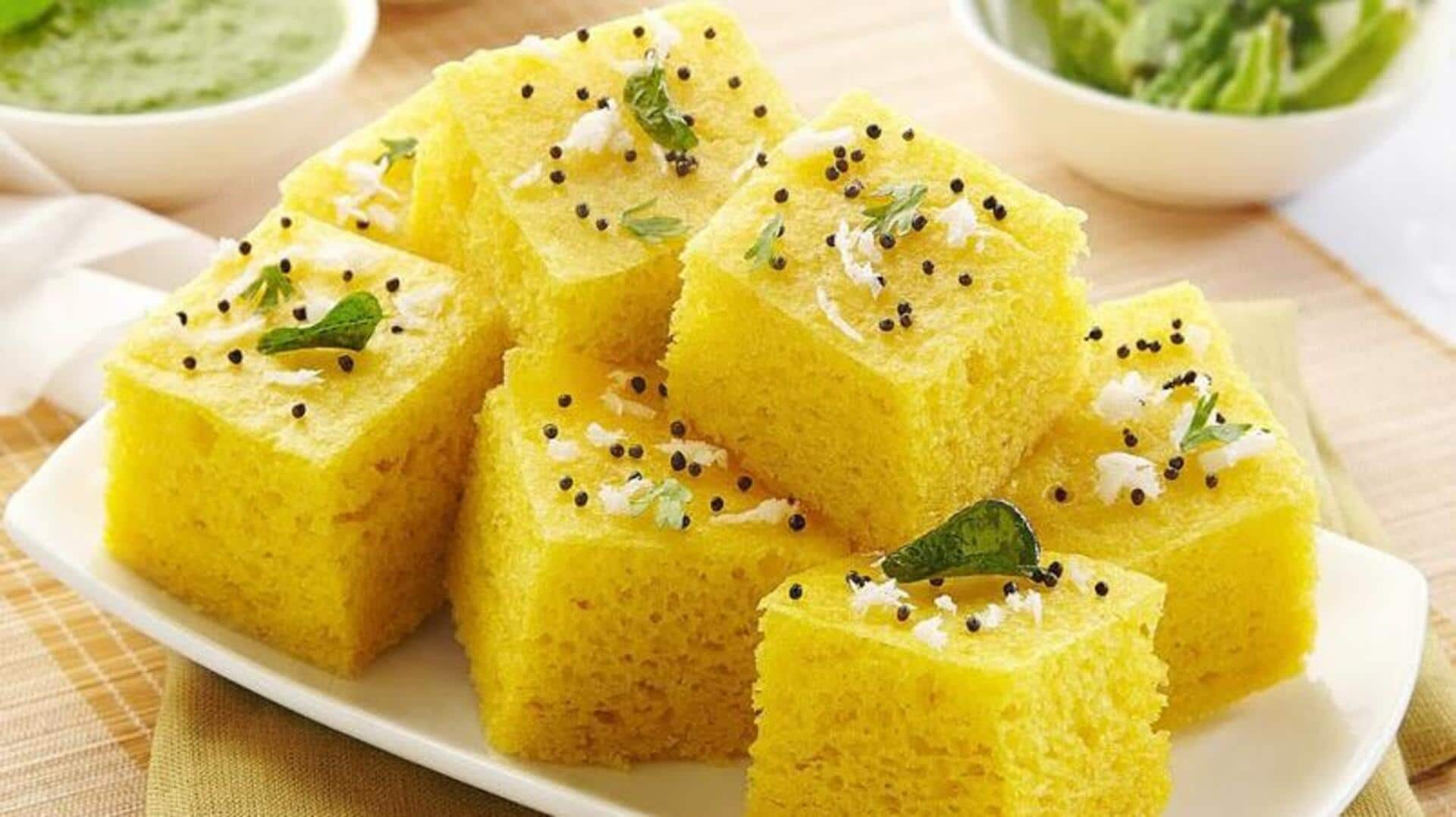
Dhokla's journey: History, origin, and popularity
What's the story
From the kitchens of Gujarat, India, dhokla has reached our global plates! This traditional fermented snack, popularly known for its spongy texture and tangy flavor, is made from rice and chickpea flour. Dhokla's journey from native kitchens to international menus highlights the growing appreciation for Indian cuisine across the globe. Here's how dhokla crossed all cultural barriers and became a favorite dish in several parts of the world.
#1
Origins in Gujarat
Dhokla hails from the western Indian state of Gujarat. Traditionally, it is made from a batter of rice and chickpea flour fermented overnight. This makes dhokla light and tangy. In Gujarat, it is commonly eaten as a breakfast item or snack, served with chutneys made from coriander or tamarind.
#2
Adaptations across borders
As dhokla became popular beyond the borders of India, chefs started experimenting with variations to suit local taste buds. In some regions, ingredients like semolina or yogurt are used to modify the texture and flavor profile. These adaptations have made dhokla a delight for diverse palates while keeping its core identity as a steamed savory cake intact.
#3
Health appeal boosts popularity
The health benefits of dhokla have played a major role in making it so popular around the world. Steamed instead of fried, it is a low-calorie snack when compared to the majority of others. It is also high on protein from the chickpea flour and provides probiotics from fermentation—things that appeal to health-conscious consumers everywhere.
#4
Availability in international markets
With the growing demand for authentic Indian flavors overseas, packaged versions of dhokla are already stocked in supermarkets of various countries, including the United States and United Kingdom, etc. Ready-to-eat options offer convenience without losing on taste or quality, which makes them a preferred choice among busy people looking for quick yet nutritious meals.